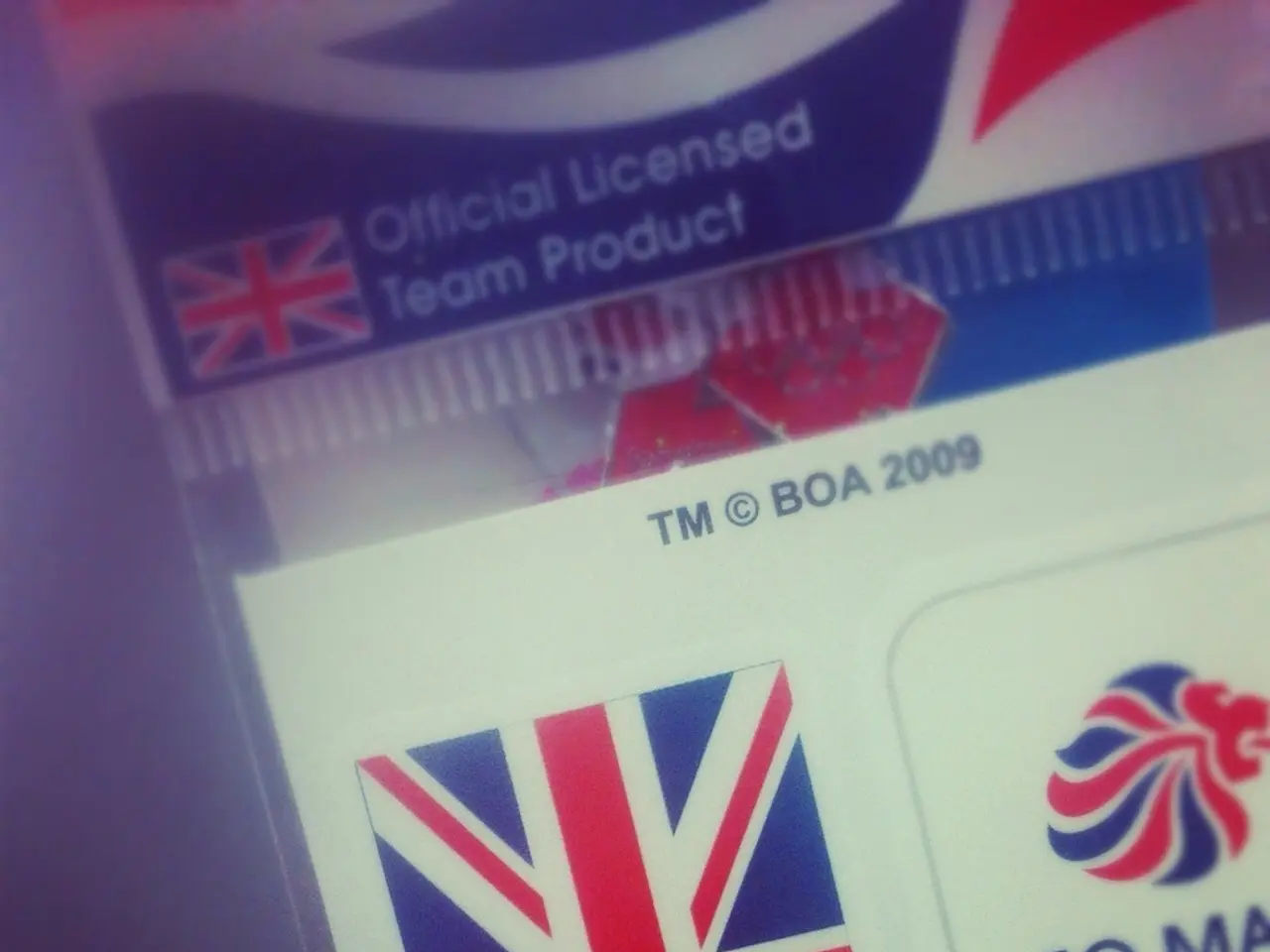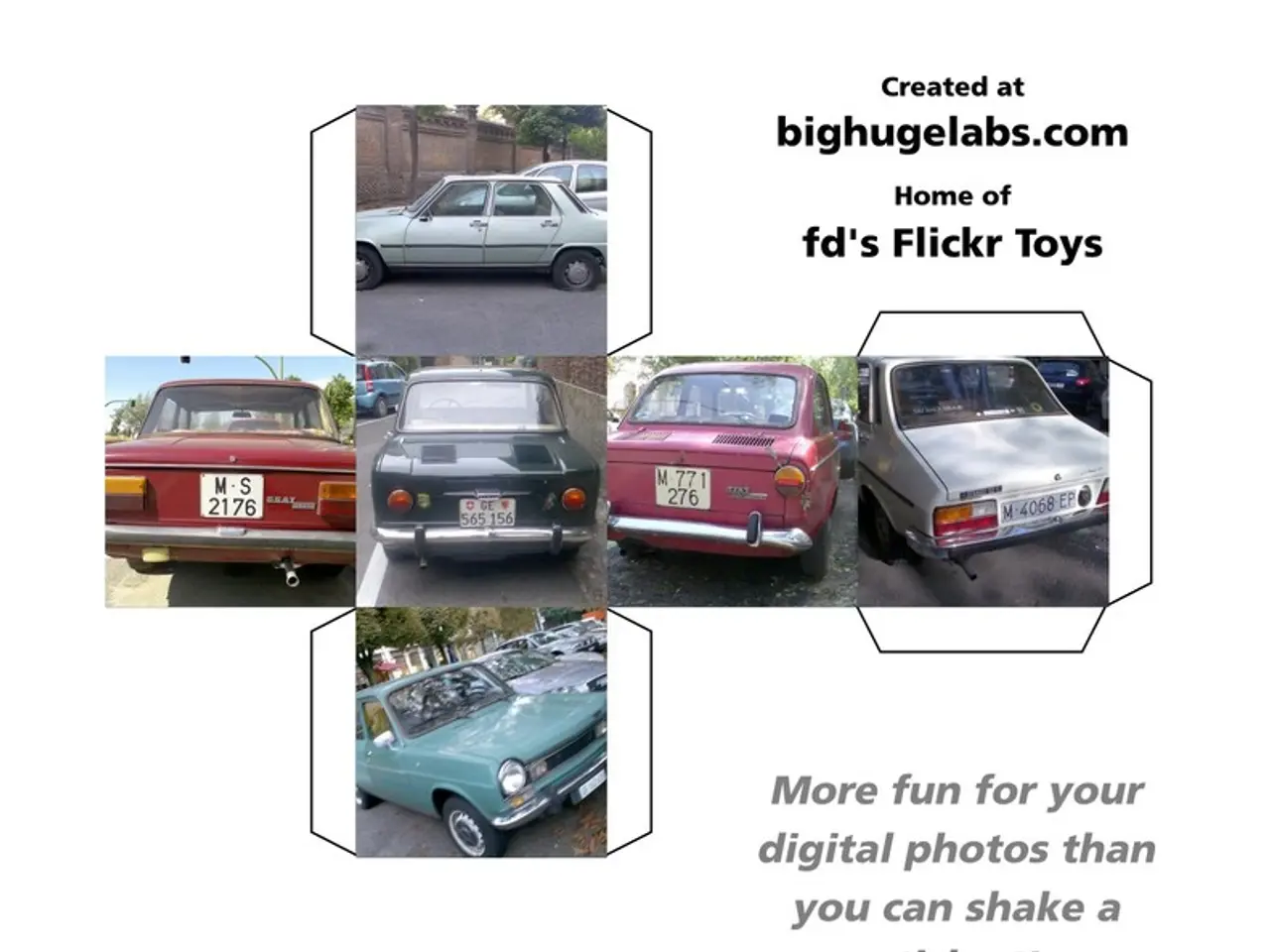The purpose of the sensor mounted on your car's windshield is to provide data for various driver-assistance features, such as adaptive cruise control, automatic braking, and lane departure warnings.
Modern Car Sensors: Enhancing Safety and Convenience
Modern cars are equipped with an array of sensors that play a crucial role in improving driver safety and convenience. These sensors monitor vehicle conditions, surroundings, and driver behavior to provide timely alerts and automated responses that prevent accidents and improve the driving experience.
Types of Sensors and Their Functions
Sensors in modern cars can be broadly categorised as follows:
- Pressure Sensors: These measure sudden deceleration and impact intensity during collisions, often located at the front and sides of the vehicle. They trigger airbags and seatbelt restraints deployment in crashes, reducing injury risk.
- Fuel Level Sensor: This sensor monitors fuel quantity and alerts the driver when fuel levels are low or if there is an unusual drain. Some integrate with GPS to estimate driving range, preventing unexpected fuel shortage.
- Radar Sensors: These detect long-range obstacles and traffic changes, often used at the vehicle front, and also used in-cabin. They enable adaptive cruise control, collision avoidance, pedestrian detection, and monitor rear passengers like infants.
- Torque Sensors: These detect the force applied on the steering wheel, indicating the driver’s hand presence. They ensure driver engagement for safety systems like lane-keep assist and autonomous features.
- Capacitive Touch Sensors: These detect skin contact on the steering wheel to verify the driver’s hands on the wheel. They prevent spoofing torque sensors and improve driver monitoring.
- Optical Infrared Sensors: These detect the presence or interruption of light beams to sense objects nearby. They assist in vehicle detection for features like parking assistance or obstacle alert.
- Impact Sensors: These sense collision pressure changes in doors or body panels. They work with the Supplemental Restraint System (SRS) to activate safety responses like airbags.
The Role of Sensors in Safety and Convenience
- Safety: Sensors detect crashes, hazardous obstacles, or risky driver behavior quickly. For example, pressure and impact sensors detect collisions and activate airbags within milliseconds, protecting occupants. Radar sensors alert about nearby vehicles and pedestrians to avoid collisions. Driver monitoring sensors like torque and capacitive sensors ensure attentive driving, disabling some autonomous functions if hands are off the wheel.
- Convenience: Sensors automate routine tasks. For instance, fuel monitoring sensors linked with GPS inform how far you can drive. Radar and optical sensors aid in parking, maintain safe distances, and adapt cruise speeds to traffic flow, lessening driver workload. In-cabin sensors detect passenger presence, optimising climate control or warning if a child is left behind.
In essence, modern car sensors mimic human senses combined with computerised controls to continuously assess the vehicle’s internal status and external environment, enabling proactive safety measures and enhanced driving comfort.
Innovative Sensor Applications
- The latest RLFS sensors can differentiate between entering a tunnel and driving along a tree-lined road when deciding whether to turn on the headlights.
- Using a camera, functions can include reading road signs as you pass and updating a speed limit setting for the automatic cruise control.
- The pace of innovation means manufacturers are incorporating more technology into the prime piece of real estate behind the interior mirror.
- Skoda uses a sensor package called RLFS (Regen-Licht-Feuchte-Sonne) in most of its modern cars.
- Cameras can be used to scan for potential collision hazards, and take action accordingly, such as autonomous emergency braking systems.
- Cars with features such as automatic emergency braking need to have the sensors and cameras recalibrated after new glass is fitted.
- Sensors in cars are designed to keep an eye on the road and weather conditions.
- Mercedes-Benz offers camera technology to scan the road ahead for bumps and dips and preemptively adjust the air suspension.
With the continuous advancement in sensor technology, modern cars are becoming increasingly safe and convenient, transforming the driving experience for millions worldwide.
- Modern electric vehicles (EVs) often incorporate these sensors to optimize driving range, ensuring that the battery is used efficiently.
- To provide a seamless driving experience, new cars are fitted with torque sensors that automatically adjust the power output according to the driver's style and road conditions.
- Many estates and luxury cars now come equipped with convertible options, and occupant safety is further ensured by the presence of pressure and impact sensors in convertible roof mechanisms.
- As motorists embrace a change in lifestyle towards a more tech-driven one, car-maintenance apps and sensors aid in keeping track of car health, providing alerts for routine services and potential issues.
- In a world where electric vans are gaining popularity, sensors are utilized to monitor cargo load and stability, preventing potential accidents while on the road.
- To review the performance of various modern cars, experts often test their sensor capabilities, assessing their reaction times and effectiveness during different driving scenarios.
- Motorists interested in eco-friendly motoring might find it appealing that many manufacturers invest in improving fuel efficiency through smart sensors that optimize engine performance and minimize fuel consumption.
- The integration of lifestyle technology in cars continues to evolve as sensors are being used to assist in daily tasks, such as automatically activating the climate control when the driver enters the car.




